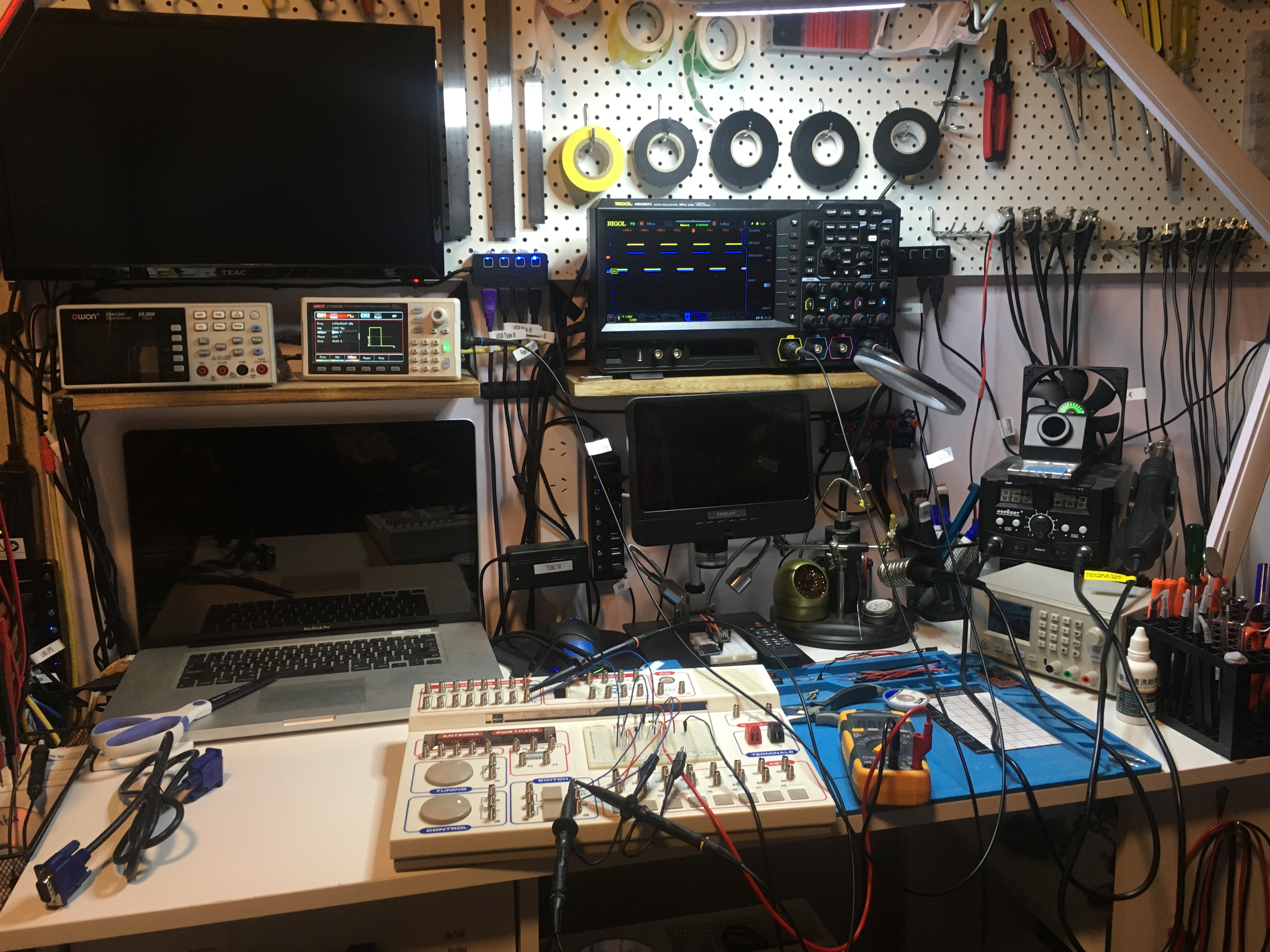Over on An Absolute Beginners Guide To Designing PCBs using Easy EDA – Make PCB From A Schematic I learned about How to Share Projects in PCBWay Community. Seems like a good service to me, haven’t used it yet but do intend to check it out.
Sharing PCB designs on PCBWay
Reply


